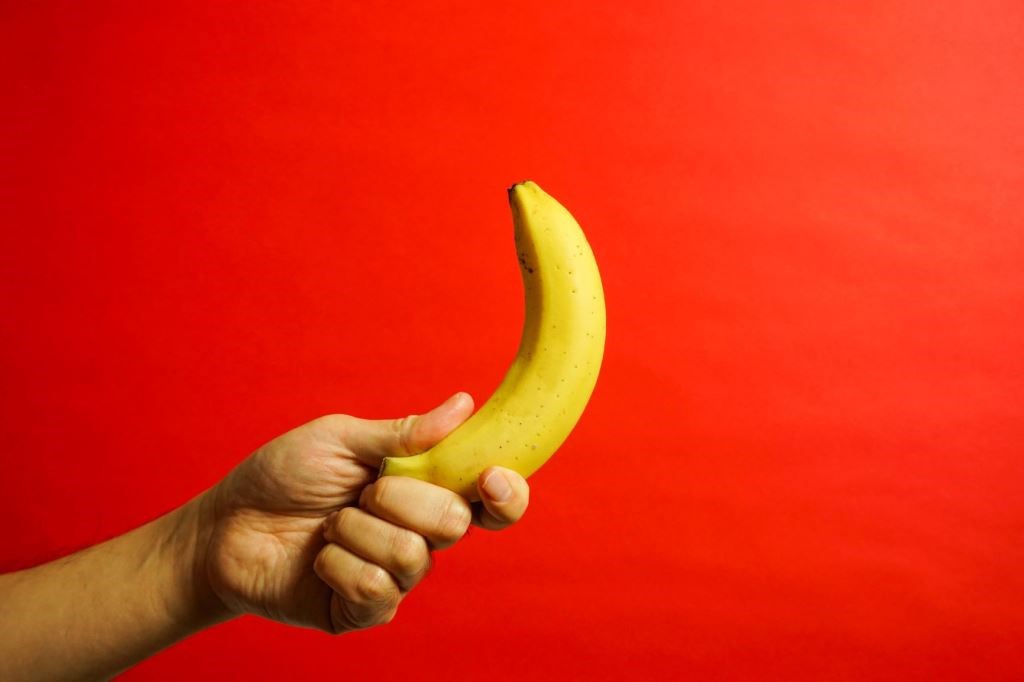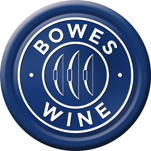Of Documentaries and Bendy Yellow Fruit

A pair of recent documentaries have given rise to thoughts about how we taste wine and, perhaps, how we should be tasting it.
The first of them proposed a theory about why Homo sapiens had come to be the dominant species on our planet. The hypothesis put forward was that it was down to the domestication of Canis lupus (the grey wolf and antecedent of all modern dog breeds (collectively, Canis familiaris)).
The idea is that, once we were in possession of a guard dog that would take care of our security in exchange for regular applications of food, those centres of our brains that governed sight and smell and hearing, being no longer necessary for the preservation of life, could shrink, leaving room for cognitive functions to develop. This made me wonder whether the wine tasting skills of pre-historic man might have shaded our own efforts.
The second and more recent documentary was on Radio 4 and concerned yeast. One of the snippets I caught on a short car journey related to wine and why so many human beings are so drawn to it. The answer, we were told, lies in pre-history, too.
In the wild, many animals follow the scent of fermenting fruit. Fermenting fruit means ripe fruit: a harvest from which to attain the goal of packing on weight before the deprivations of looming winter. Extrapolating from what was said, we like wine because it smells of advantage, of a route to success. Primitive man would’ve been drawn to the scent of Richebourg at least as keenly as his modern equivalent.
So…we understand that some of our senses, including smell, have lost acuity. And yet we also understand that our ability to process aromas has links with our earliest developments as a species.
One gets moments of enlightenment into just how powerfully personal is one’s vestigial olfactory sense. That smell of freshly cut grass that blasts one straight back to the balmy, summer lawns of one’s childhood is perhaps the most common. That smell and those lawns are very much one’s own.
It’s the same for any and all aromas. Everything we smell is interpreted through the lens of our individual histories. As it is with colours (we all know grass and leaves are green, but I have no way of knowing whether others see the green that I see), so it is with aromas. We know that yellow curved fruit smell of bananas. And we can sometimes identify a similar smell in a wine. But especially when no visual stimulus is present (i.e. no bendy yellow fruit on view), one’s nose falls back on one’s own experience to evaluate a scent.
So then one has to ask oneself, is there any point in describing the minutiae of aromas and, further, flavours that one finds in wine? Should we not be concentrating on objective description, rather than subjective analysis?
We need to find what it is about a wine that can be universally understood and at the core of that discussion is structure and dimension. To do this is to allow one’s reader to anticipate their own experience if and when they come to taste/drink the wine.
Detailed, flowery tasting notes listing umpteen fanciful different aromas and flavours are a vanity and serve only to confuse the consumer (who is, after all, the person we are trying to inform) and make them wonder why they cannot smell and taste something similar.
Clear, easily assimilable tasting notes are the way to bring our readers closer to the subject of wine.
N.B. I have to confess that to being guilty of penning my own flights of fancy when it comes to wine, however I do make an effort to be as objective as I can!

